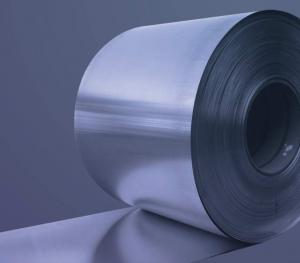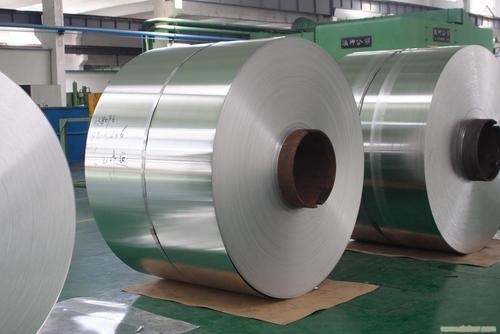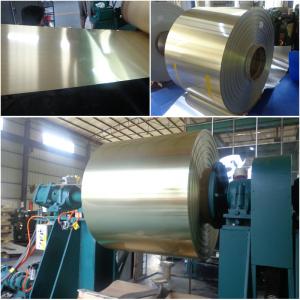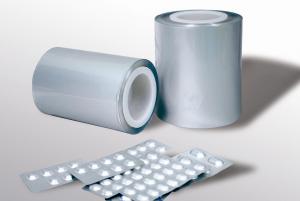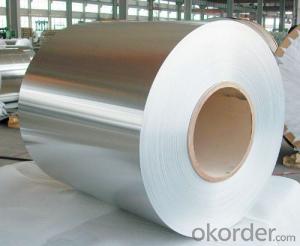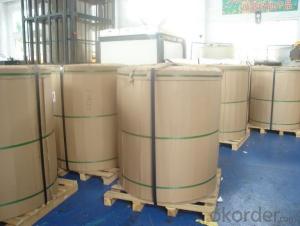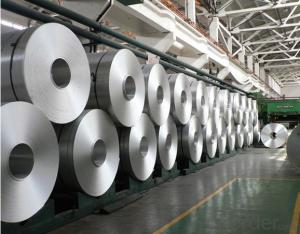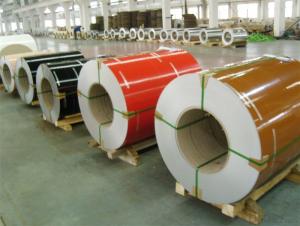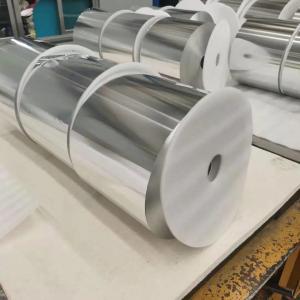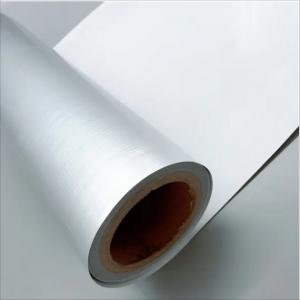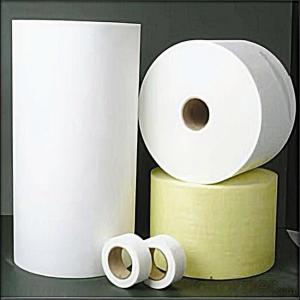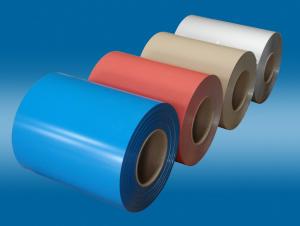Aluminum strip/sheet AA3015 Used for Composite Sheet
- Loading Port:
- Shanghai
- Payment Terms:
- TT or LC
- Min Order Qty:
- 5 m.t.
- Supply Capability:
- 150000 m.t./month
OKorder Service Pledge
OKorder Financial Service
You Might Also Like
1.Structure of Aluminum strip/sheet AA3015:
Aluminum strip/sheet AA3015 is designed for many field such as electronics, instruments, lighting decoration, packing industry, and house decoration, curtain wall, honeycomb-core panel, sandwich panel, aluminum composite panel, aluminum composite pipe etc.. Aluminum strip/sheet AA3015 is hard and everlasting under the blazing sun. You can choose the alloys as your habitation and we will do our best to meet your requests.
2.Main Features of the Aluminum strip/sheet AA3015:
• Smooth surface
• High manufacturing accuracy
• High strength of extension and yield
• Well packaged
• No marks, no scratch, no excessive oil
3. Aluminum strip/sheet AA3015
Alloy: | AA1050, 1060, 1070, 1100, 3003, 3004, 3005, 3105, 5052, 5083, 5754, 8011, 8006 |
Temper: | H14, H16, H18, H22, H24, H26, H32, O/F |
Thickness: | 0.2-100mm |
Width: | 30mm-1700mm |
4. Production of Aluminum strip/sheet AA3015
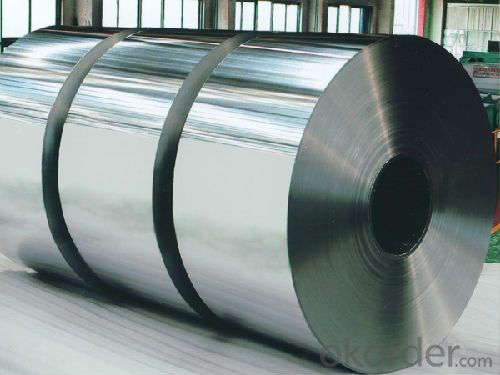
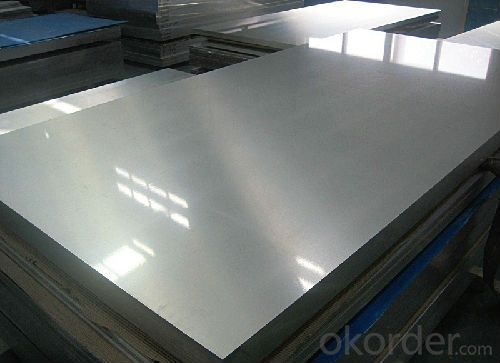
5.FAQ
We have organized several common questions for our clients,may help you sincerely:
① How about your company?
A world class manufacturer & supplier of aluminum coil and alloy blanks. Aluminum production base is comprised of 18 aluminum annealers, 10 coil and foil mills, 4 continuous production lines, 2 hot rolling production line and 3 prepainted lines.
Export 5000 tons per month to Asia, America and Middle East. Always do the best for our clients.
②Can you guarantee the quality of the products?
We are responsible for the quality of materials to get a long-term cooperation with clients in a reasonable period of time and we are glad to arrange and coordinate any third party inspection for you.
③What is the delivery time after purchase?
35 day after receiving client’s deposit or correct LC
Aluminum is the thickness below 0.2mm above to 500mm, 200mm width above, within the length of 16m aluminum material for aluminum plate or aluminum sheet, 0.2 mm below for aluminum, less than 200 mm in width as row material or bar (of course, with the progress of equipment, the most wide can do 600 mm row material more). Aluminum sheet refers to the rectangular plate with aluminum ingot rolling processing, divided into pure aluminum plate, aluminum alloy, aluminium sheet, thick aluminum riffled aluminium sheet.
The use of aluminum sheet: 1.Lighting 2. solar reflector plate 3. the appearance of the building 4. interior decoration, ceiling, metope 5.furniture, cabinets, 6. elevator, signs, nameplate, bags 7. car inside and outside decoration. Interior decoration, such as frame 8. household appliances: refrigerators, microwave ovens, audio equipment, such as 9.Aerospace and military aspects, such as China's large aircraft manufacturing, the Shenzhou series of spacecraft, satellites and other aspects. 10.mechanical parts processing 11.mold manufacturing 12.chemical / thermal insulation pipe coating.
Classification of aluminium sheet:
In the aluminum alloy grades are representative of the significance, the following according to the 7075T651 aluminum plate number as an example. The first 7 represents aluminum and aluminum alloy group Al Zn Mg based alloys. Aluminum and aluminum alloy groups are divided into nine categories. Among them, 1, 3, 5, 6, 7 series of aluminum, aluminum alloy, the other series in the actual use of the use of less chance.
First types: industrial pure aluminum
Second types: Al Cu alloy
Third types: aluminum manganese alloy
Fourth types: aluminum silicon alloy
Fifth types: aluminum magnesium alloy
Sixth types: aluminum magnesium silicon alloy
Seventh categories: aluminum zinc magnesium copper alloy
The eighth category: other alloys
Ninth type: spare alloy.
- Q:Can aluminum coils be used for roofing applications?
- Yes, aluminum coils can be used for roofing applications. Aluminum is a popular choice for roofing due to its lightweight nature, durability, and resistance to corrosion. It is commonly used for both residential and commercial roofing projects.
- Q:What are the precautions to be taken while handling aluminum coils?
- Some precautions to be taken while handling aluminum coils include wearing protective gloves to prevent cuts or injuries, using proper lifting techniques to avoid strain or back injuries, storing coils in a dry and well-ventilated area to prevent corrosion, using appropriate equipment and tools for handling and transportation, and following safety guidelines provided by the manufacturer. It is also important to be aware of the weight and balance of the coils to prevent accidents or damage.
- Q:Can aluminum coils be used in electrical applications?
- Yes, aluminum coils can be used in electrical applications.
- Q:Are aluminum coils suitable for air conditioning systems?
- Yes, aluminum coils are suitable for air conditioning systems. Aluminum coils offer excellent heat transfer properties, durability, and resistance to corrosion, making them a popular choice in air conditioning systems. They are lightweight, efficient, and can withstand high-pressure applications, making them a reliable option for cooling and refrigeration purposes.
- Q:Can aluminum coils be formed or shaped?
- Yes, aluminum coils can be formed or shaped. Aluminum is a highly malleable metal, which means it can easily be molded or bent into different shapes without breaking or cracking. Aluminum coils are often used in various applications such as in the manufacturing of heat exchangers, condenser coils, evaporator coils, and air conditioning systems. These coils can be shaped into different forms, such as flat sheets, tubes, or finned coils, depending on the specific requirements of the application. The ability to form and shape aluminum coils makes them highly versatile and widely used in various industries.
- Q:What are the strength properties of aluminum coils?
- High tensile strength, excellent formability, and good resistance to corrosion are among the strength properties exhibited by aluminum coils. These coils are favored in various industries like automotive, aerospace, and construction due to their high strength-to-weight ratio. They can endure heavy loads without deforming or breaking, as well as resist fatigue. Furthermore, aluminum coils offer easy shaping and bending without compromising their structural integrity, thanks to their excellent formability. Additionally, the natural oxide layer of aluminum acts as a protective barrier against corrosion, rendering aluminum coils highly resistant to rust and other forms of degradation. In conclusion, the versatility and reliability of aluminum coils make them an ideal material for a wide range of applications.
- Q:What is the typical coil width for aluminum coils?
- The typical coil width for aluminum coils can vary, but it is commonly found in the range of 12 inches to 60 inches.
- Q:Can aluminum coils be used for solar panel applications?
- Yes, aluminum coils can be used for solar panel applications. They are often utilized as the base material for solar panels due to their lightweight, corrosion-resistant, and durable properties. Additionally, aluminum coils offer good thermal conductivity, enabling efficient heat dissipation in solar panels.
- Q:I am looking for a deoderant that doesn't contain aluminum that actually works. I have tried Tom's natural deoderant and didn't get to use it long enough to see if it worked because it really irritated my skin and caused it to burn and peel. I have also tried the one made by Adidas and it seemed to work pretty well through the winter months, but now that it is getting warm again I'm noticing that it isn't quite doing the job anymore.
- Try Crystal's they have the rock version which you have to wet before you use it and they also have he ready to use liquid. I find the liquid form to work best during the summer.
- Q:We are working on a new aluminum fixture. It is basically an aluminum spine with many 6061-T6 pins sticking out. Currently we drill the holes inside the spine and hammer the 5/32 6061-T6 pins inside. Is there anyway to cast aluminum with many 6061-T6 pins embedded (they will stick out after the casting)?
- Similar to the plaster answer. You will need to sacrifice your mold for each unit made. Use a thin shelled mold with the pins sticking into it. Have it in a second fixture that will hold the other end of the pins. Have you considered putting the holes in the part during the molding process? Don't drill them afterwards just pound in the pins.
1. Manufacturer Overview |
|
|---|---|
| Location | |
| Year Established | |
| Annual Output Value | |
| Main Markets | |
| Company Certifications | |
2. Manufacturer Certificates |
|
|---|---|
| a) Certification Name | |
| Range | |
| Reference | |
| Validity Period | |
3. Manufacturer Capability |
|
|---|---|
| a)Trade Capacity | |
| Nearest Port | |
| Export Percentage | |
| No.of Employees in Trade Department | |
| Language Spoken: | |
| b)Factory Information | |
| Factory Size: | |
| No. of Production Lines | |
| Contract Manufacturing | |
| Product Price Range | |
Send your message to us
Aluminum strip/sheet AA3015 Used for Composite Sheet
- Loading Port:
- Shanghai
- Payment Terms:
- TT or LC
- Min Order Qty:
- 5 m.t.
- Supply Capability:
- 150000 m.t./month
OKorder Service Pledge
OKorder Financial Service
Similar products
New products
Hot products
Hot Searches
Related keywords

